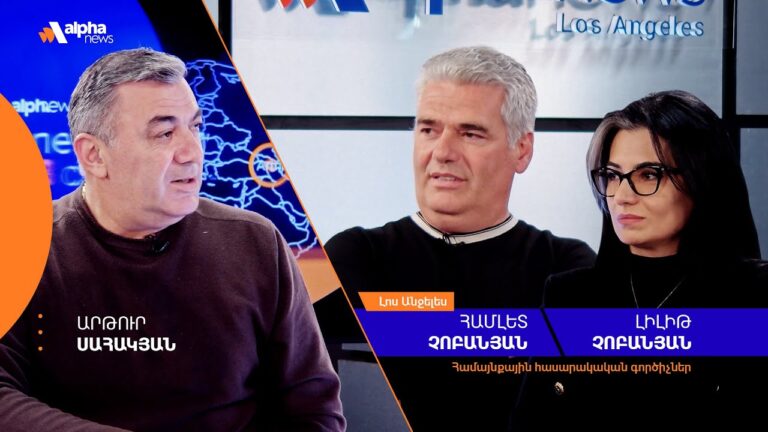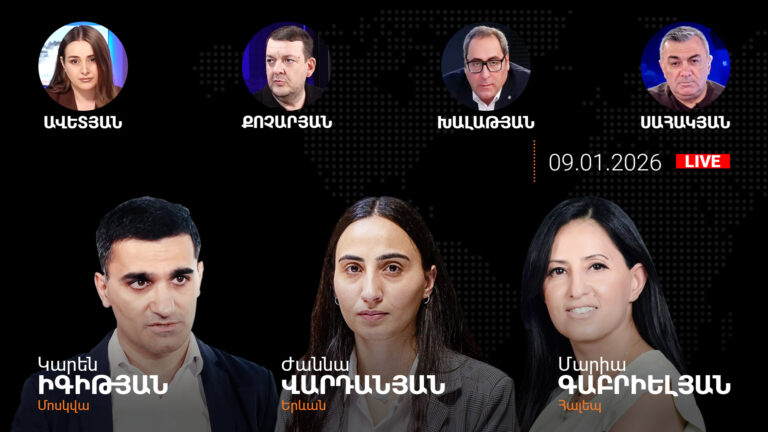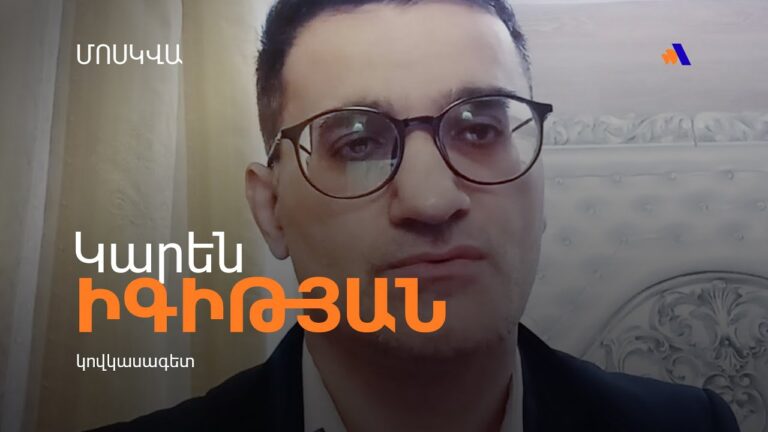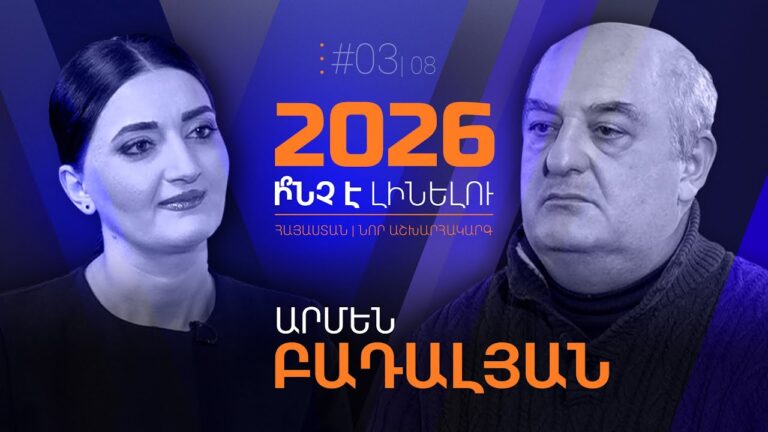“Witnesses” of the Alma-Ata Declaration
November 14 2023, 23:00
While Armenia continues to boycott meetings within the framework of the CSTO, Azerbaijan continues to put forward more and more demands, and the “magical” Alma-Ata Declaration does not save from this. So, the day before, Azerbaijani President Ilham Aliyev at a meeting with the head of the OSCE PA, Pia Kauma, accused Yerevan of denying the right of Azerbaijanis “to return to Armenia”, and also stated that without considering the consequences of the “Armenian occupation and aggression,” it would be wrong to exchange views on the future of the region.
If we put aside diplomatic statements, we will observe that Ilham Aliyev has announced new conditions under which Baku can consider the possibility of establishing “peace” in the region. It should be noted that in the past, Aliyev has repeatedly spoken about “compensation for the damage inflicted on Azerbaijan by Armenia during the years of occupation.”
We notice that Azerbaijan took full advantage of the “bonuses” from the inclusion of this declaration in the negotiation process with Armenia and received the whole of Karabakh, whereas Armenia not only did not receive the guarantees of territorial integrity from Baku (can there be any at all?) but continues to face new manifestations of aggression from Azerbaijani authorities on a daily basis. Moreover, Pashinyan is well aware of this; that is why, speaking at the Peace Forum in Paris, he said that Azerbaijan is preparing for a new war.
And this is in conditions when a lot of “experts”, officials of various levels up to the head of the National Assembly, declare that “whoever denies the Alma-Ata Declaration” denies the very statehood of Armenia. The “witnesses” of the Alma-Ata Declaration in the propaganda field made it the foundation of Armenian statehood and the basis of the “resolution of the conflict” with Azerbaijan.
The paradox is that this declaration on the goals, principles, and foundations of the CIS signed in 1991, which Azerbaijan joined in 1993, unites 12 states, including Ukraine, Georgia, Moldova, and Kyrgyzstan with Tajikistan. These countries are not just listed among the signatories of the Alma-Ata Declaration. These are countries that have conflicts (with Russia – Ukraine, Georgia, Moldova) and with each other (Tajikistan and Kyrgyzstan), but none of the countries, in any of the conflicts, refers to the Alma-Ata Declaration as a potential basis for conflict resolution.
They do not refer to it, since this Declaration was not even designed as a potential basis, a legal basis for the resolution of territorial disputes. The Declaration once again confirmed that the Soviet Union ceases to exist, and in its place, the Commonwealth of Independent States is formed, which now includes eleven former Soviet republics, and the CIS is neither a state nor a supranational entity. This was the main message of the Declaration, which consolidated the Belovezha Accords signed by Russia, Ukraine and Belarus and confirmed the termination of the existence of the USSR. In addition, if the Alma-Ata Declaration had been a “reinforced bullet-proof foundation” establishing the configuration of borders, then the former USSR member states would not have carried out the delimitation and demarcation of borders between each other. The same Azerbaijan and Georgia have not been able to complete this process for 30 years, despite the Alma-Ata Declaration.
In this situation, there is another geopolitical and historical paradox, which is that the Alma-Ata Declaration itself is the legacy of the Soviet Union, and Pashinyan is trying to legitimize this very legacy with regard to Armenia’s borders in the West—with the mediation of the United States and the EU.
The fact of legitimation is tied not only to regional realities but is also an expression of more global geopolitical processes, in our case, the collapse of the USSR and the formation of a new reality by geopolitics, in which, to preserve these very borders, Armenia has consistently integrated into structures that are transformations of institutions of the Soviet past. This has made it possible since 1991 to preserve the territories that Armenia inherited from the USSR.
This is an expression of a geopolitical, historical, or, if you will, logical paradox, which carries a real threat of the complete breakdown of the entire system of legitimation of Armenia’s borders, since having abandoned institutions in the past that ensure the inviolability of the borders of Armenia, the government does not offer any real alternatives. And Pashinyan himself understands this perfectly well; otherwise, at a meeting with representatives of the Armenian diaspora in Germany, he would not have said that “the cycle of existence for the Armenian states ends with the loss of statehood.”
And if Pashinyan understands this, then ask yourself why and in whose interests he continues to do what he is doing.







